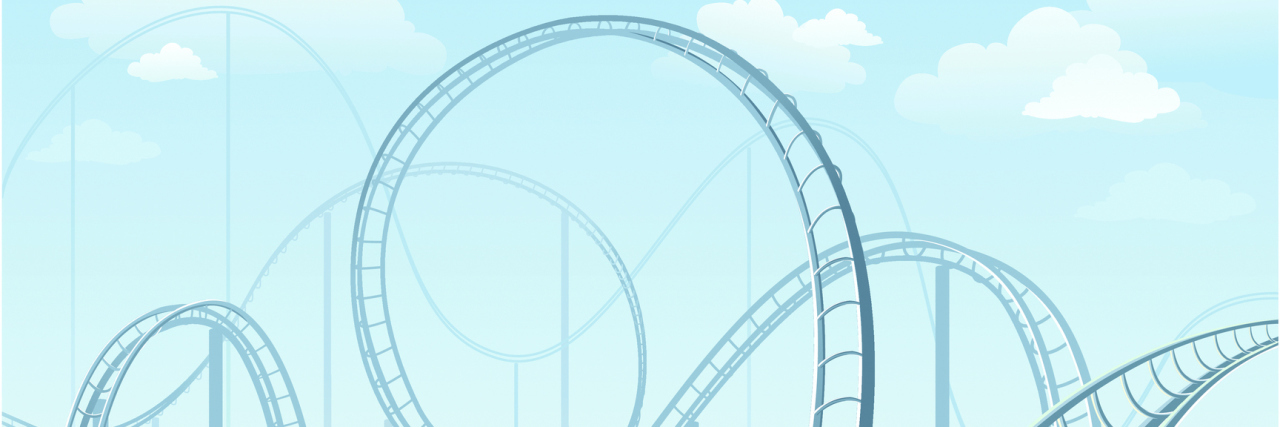How Borderline Personality Disorder Is Like Riding a Permanent Roller Coaster
What is borderline personality disorder (BPD)? It can be described as a mental illness that centers on the inability to manage emotions effectively. The disorder often occurs in the context of relationships; sometimes all relationships are affected, sometimes only one. While some people with BPD are “high-functioning” in certain settings, their private lives could be in turmoil. Some people who struggle with BPD experience difficulty regulating their emotions and thoughts, impulsive and sometimes reckless behavior and unstable relationships.
When I read that description, I cannot help but feel completely identified. In my experience, people with BPD are labeled as “unstable.” I would have strongly disagreed with that in the past. I would take out my sword and fight to prove to people that I was the most stable person there was. No matter what happened in my life, I wanted to prove myself as stable so that, according to society, I was “normal.”
Then it came — the day that I realized I was on a permanent roller coaster with my thoughts, actions and feelings. It started like any other “ride.” I stood in the line and got on the car. After minutes of being on the ride, I started to push out every person that was on the ride with me. I no longer wanted to be with those people. It was no longer fun for me. And then it came, the moment I realized I was alone on the ride. I yelled and yelled for the ride to stop, but it was too late, there was no one left to control it but myself. I was so caught up on being stuck on the ride that I did not realize I had the power to stop it.
That is the closest analogy I have for my life. Every day I stand in the line and fight to get on the ride just to experience the same thing again. I would not dare to label myself as unstable, but more of a variable. I never know what the day will hold for me. I never know what type of discussion will trigger my anger. I never know when I wake up if I will have the strength to get out of bed. I never know if I will start crying in the middle of a conversation or if I will want to start screaming and destroying everything I own.
For many many years I fought this ride alone. I did not want anybody on it. I was selfish with my mental health. I would not even dare talk about it because isn’t that everyone’s question, “What will people think of me?” The only people who matter, those who love you, will provide nothing but love and attempts to understand. Many will offer to join the ride and try to understand, others will just watch from below making sure they are there to help you if you start screaming for help. It took me years of self-loathing, self-harm, several suicide attempts and medication addictions until I finally realized that this battle was not meant to be fought alone.
The best decision that I have taken in my life regarding my mental health is speaking up. Looking for help, searching for people that have the same disorder, joining movements that are not even in my country, but looking for every possible way to reach out and try to make the ride a little bit easier for my own health. Today, I am not OK. I still cry myself to sleep and think about harming myself, but I am getting the help I need to be able to live my life. And hopefully, who knows? Maybe even love my life.
If you or someone you know needs help, visit our suicide prevention resources page.
If you need support right now, call the National Suicide Prevention Lifeline at 1-800-273-8255, the Trevor Project at 1-866-488-7386 or text “HOME” to 741-741. Head here for a list of crisis centers around the world.
We want to hear your story. Become a Mighty contributor here.
Thinkstock photo via Denzorr

